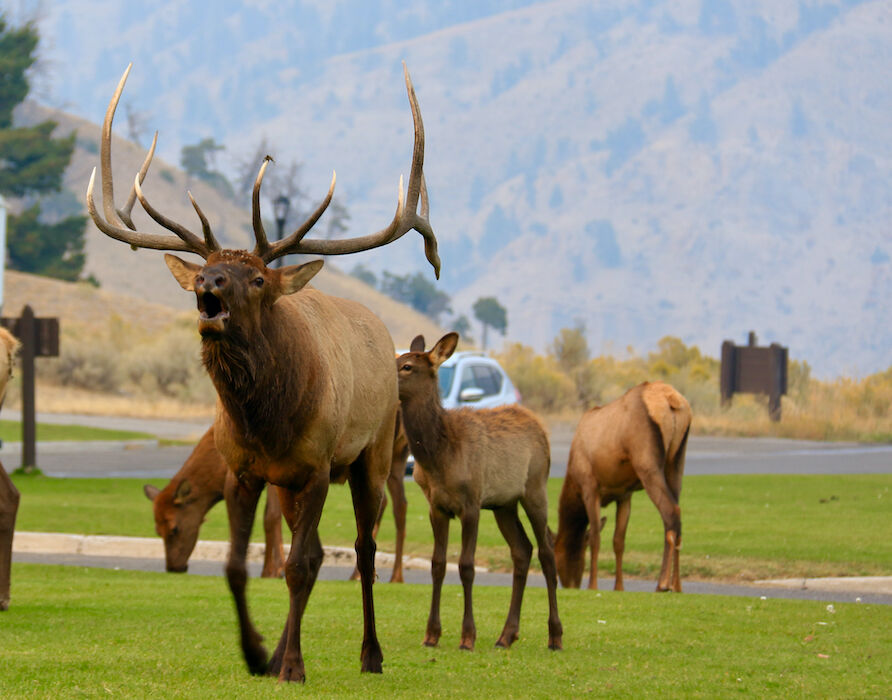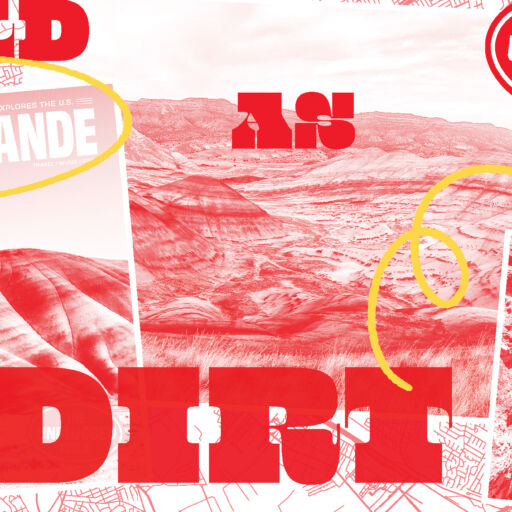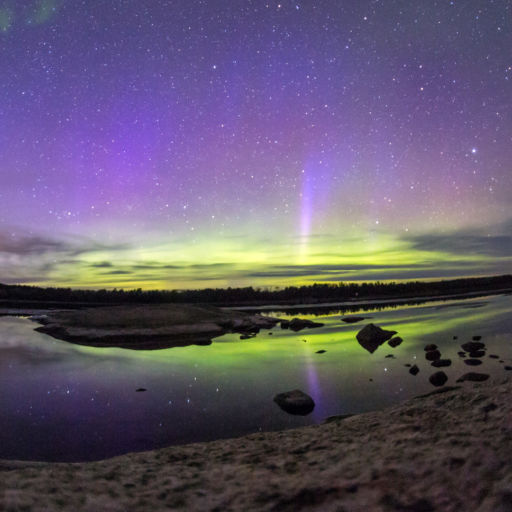As Covid-19 continued to disrupt day-to-day life this summer, it didn’t slow the popularity of Yellowstone National Park, America’s sixth most-visited park in 2019. From June through September of 2020, 3.2 million people entered Yellowstone, with September being the busiest September in its 148-year history. The crowds have now thinned marking the end of a chaotic tourist season.
From afar, the Yellowstone season seemed normal: Old Faithful erupted with consistency to thrilled onlookers; the black and grizzly bears roamed the hillsides, occasionally feasting on elk and bison carcasses near the roads; a few small fires burned in the park, closing areas like the Lone Star Geyser; and under the comet Neowise, wolf packs hunted, howled and feasted, watched by thousands through spotting scopes and binoculars in Hayden and Lamar Valleys. Popular spots, like the Grand Canyon or the Yellowstone River hosted guests who watched the river and waterfall tumbling between the golden cliffs. All this as the pandemic caused hotels, stores and campgrounds in the park to be closed or restricted.
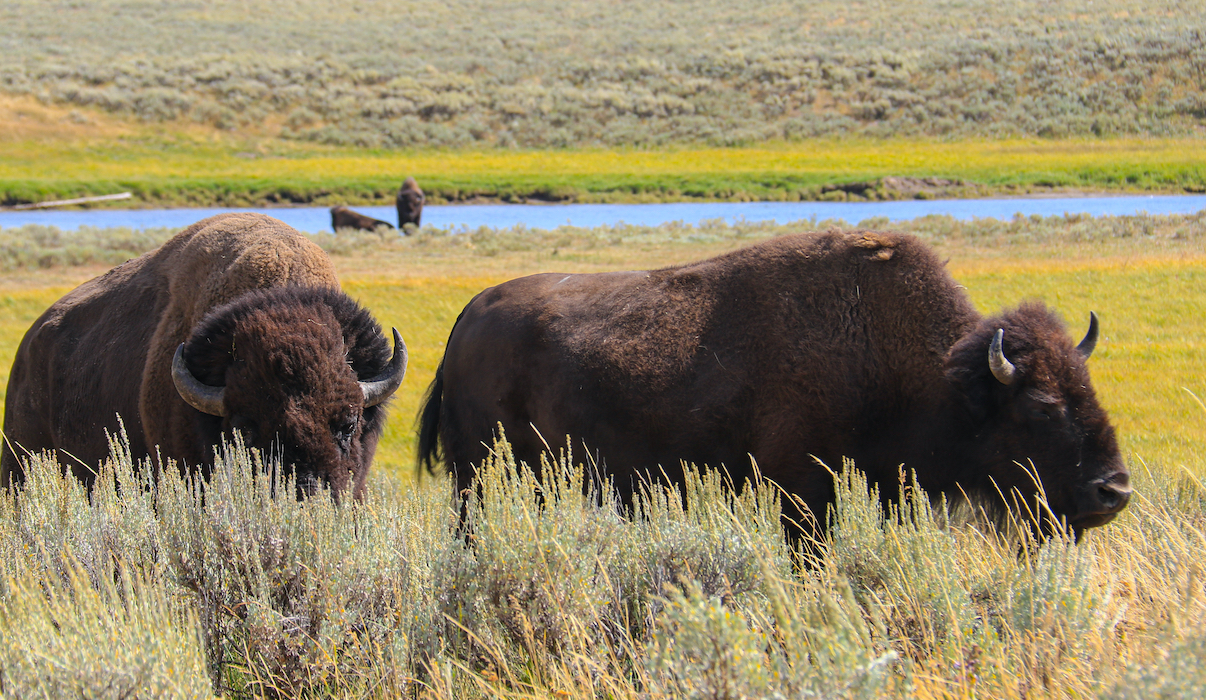
Ranger Karley Nugent was stationed in the Grant area of the park near Yellowstone Lake. She described the summer as difficult, due to the entitlement displayed by visitors. “I felt like I corrected more people on rule-breaking in two weeks of July than I did in the entirety of last summer,” Nugent said. “It was a constant battle against people going off boardwalks, putting things like pennies in thermal features, dogs on and off leashes. I had so many terrible interactions, with some people just flat out rude for no reason.”
This experience wasn’t limited to the Grant area. Throughout the summer, rules were broken, signs were ignored and the patience of rangers was tested. For the first time, dozens of signs had to be placed along the rivers, telling visitors that these locations were off-limits for swimming. The signs were largely ignored and short-staffed rangers struggled to control the areas.
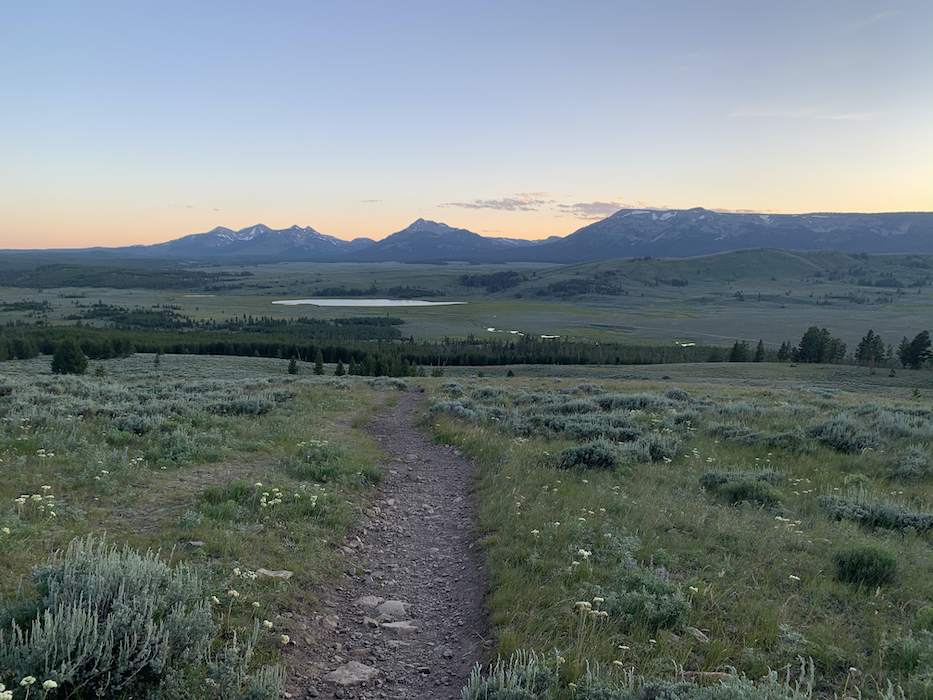
Elsewhere, signs that said no dogs allowed were ignored consistently, with pet owners making excuses for why they should be exempt from restrictions. A few tourists harassed wildlife by riding motorcycles off-road near grazing bison. While the majority of visitors appeared to be following the rules, law enforcement officers, who requested to speak off the record, said this was the worst year they could remember regarding public behavior.
For those who explored the park often, the poor behavior was in plain sight. Guide Scott Vogel just finished his second year operating in and around greater Yellowstone and was in the park multiple days a week.
“When a handful of people would approach wildlife at unsafe distances, the overwhelming majority following the rules would tell them to get back to a safe distance,” Scott said. “Entire families, even small children as young as five years old, were telling adults they were too close to wildlife.”
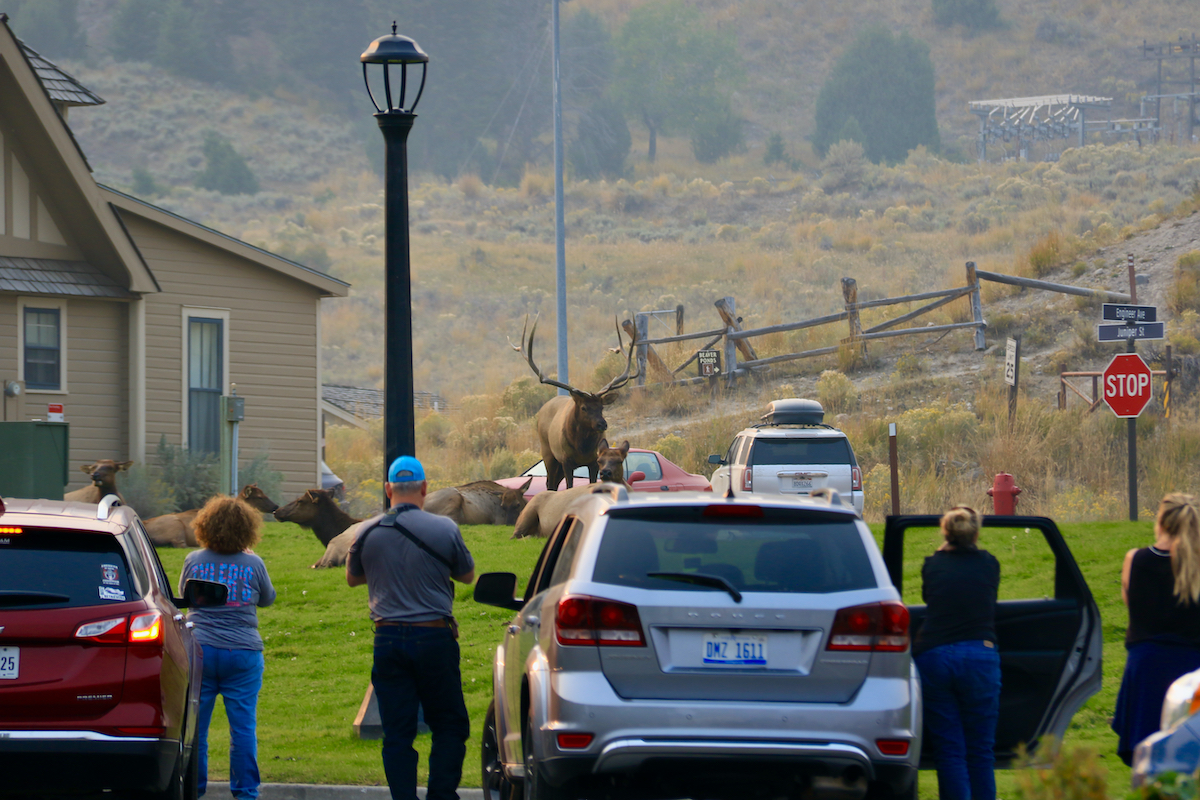
Behind the scenes, poor behavior wasn’t the only concern. The influx of guests and encounters with the public had park staff worried about contracting Covid-19. Staff throughout the park remained vigilant in keeping things clean for both themselves and the guests. Through the summer, staff got tested every week. Over the summer, 20 park employees and one contractor tested positive, with 16 cases coming at the end of September. Of the 21 cases, all but eight have fully recovered with zero deaths.
Getting visitors to wear masking consistently was also a struggle, despite the accelerating numbers of Covid-19 cases in the states surrounding the park. Throughout the park, some people refused to wear masks and argued with staff when denied entry to buildings. (In July, I witnessed a pickup truck from Oklahoma, emblazoned with a Blue Lives Matter Flag, slow down as the driver leaned out the window and harassed mask wearers.) These incidents weren’t the norm, but compounded, added up to an unsettling park experience. Ranger Nugent put it another way.
“I love this park,” Ranger Nugent shared. “But for now, I need to step away and (be able to) miss it.”
That break is coming soon. On November 2, all but the road between Mammoth and Cooke City will close, shutting down the interior of the park until Spring 2021.


